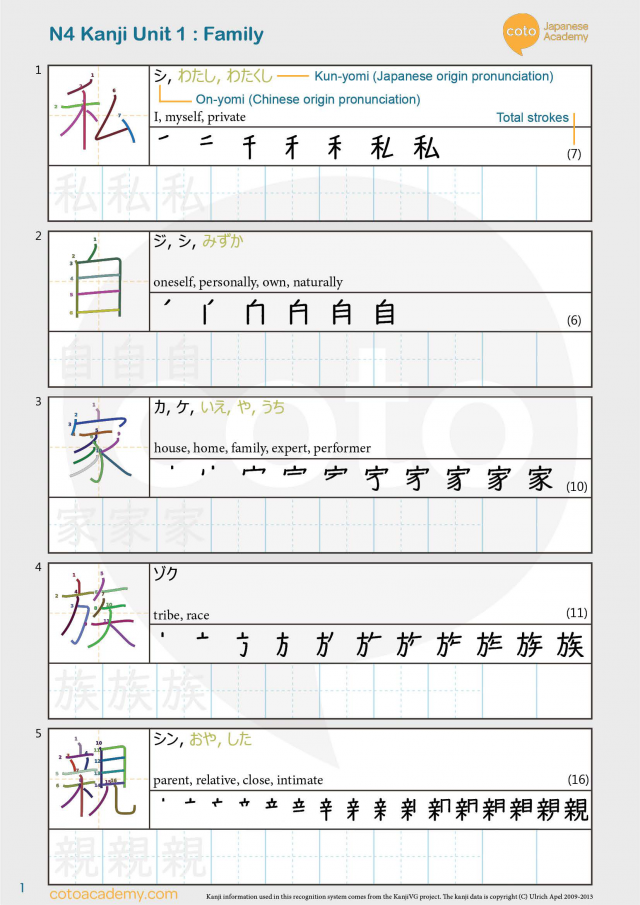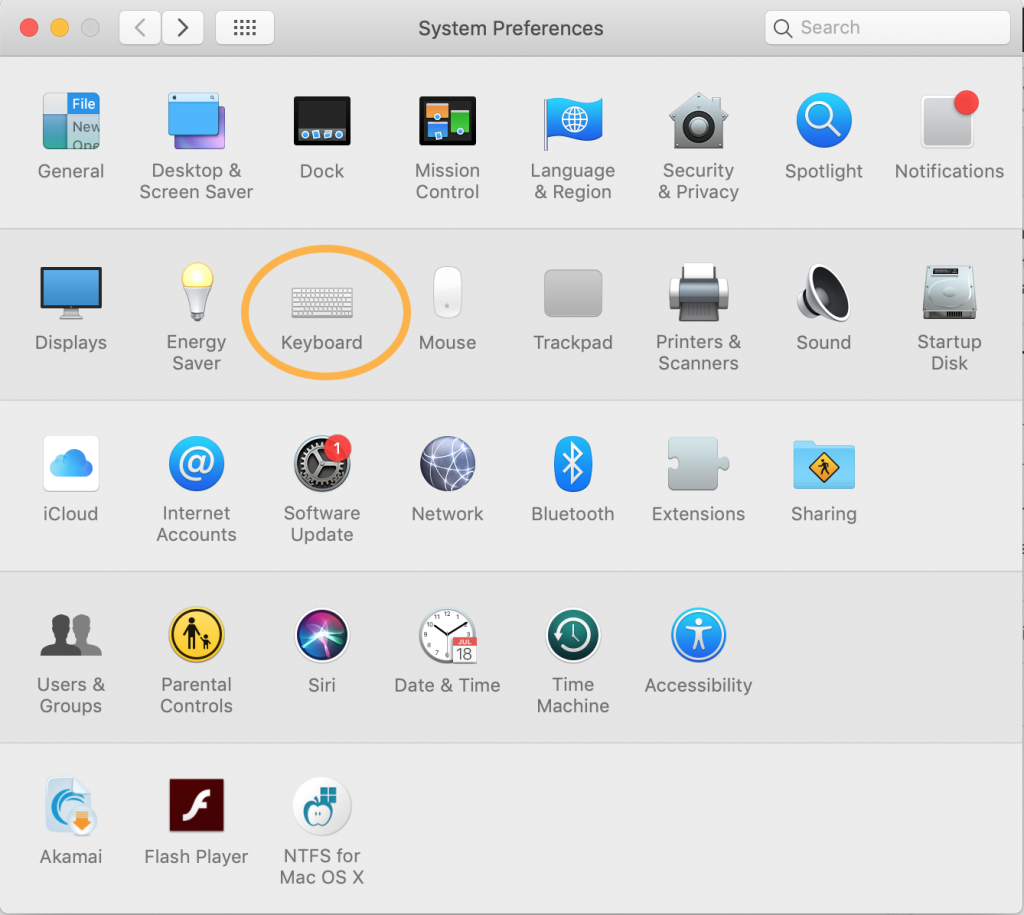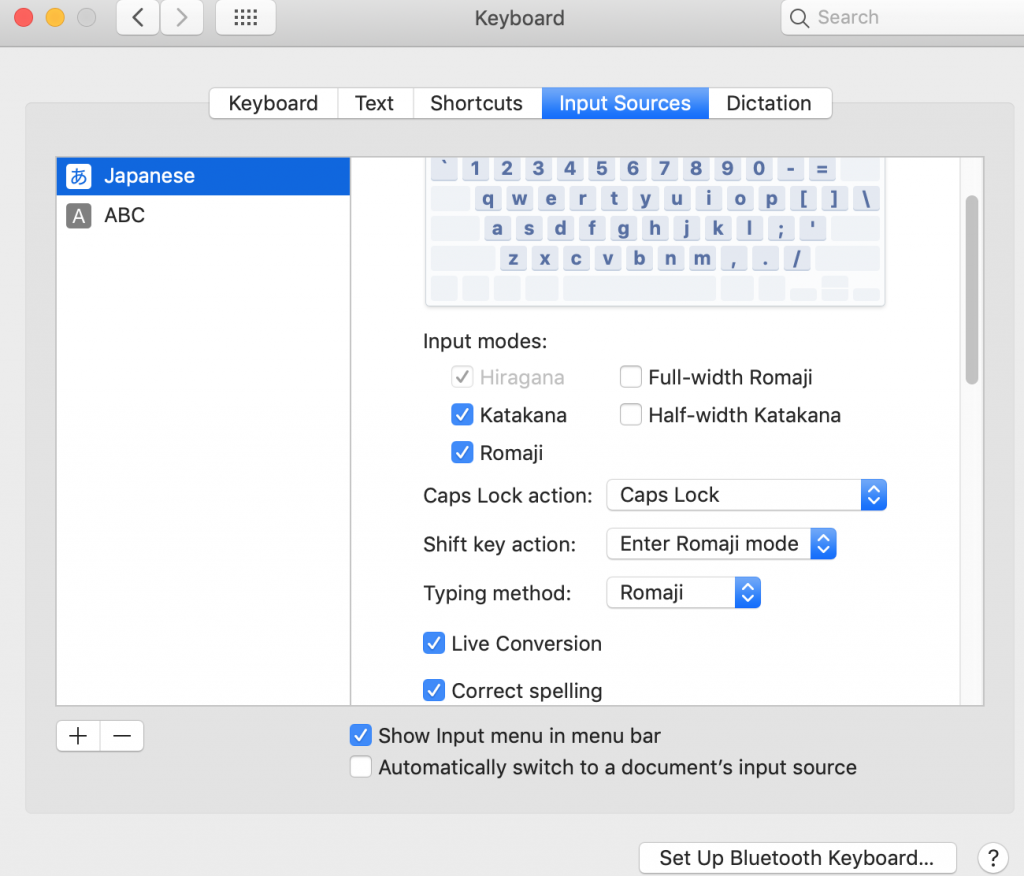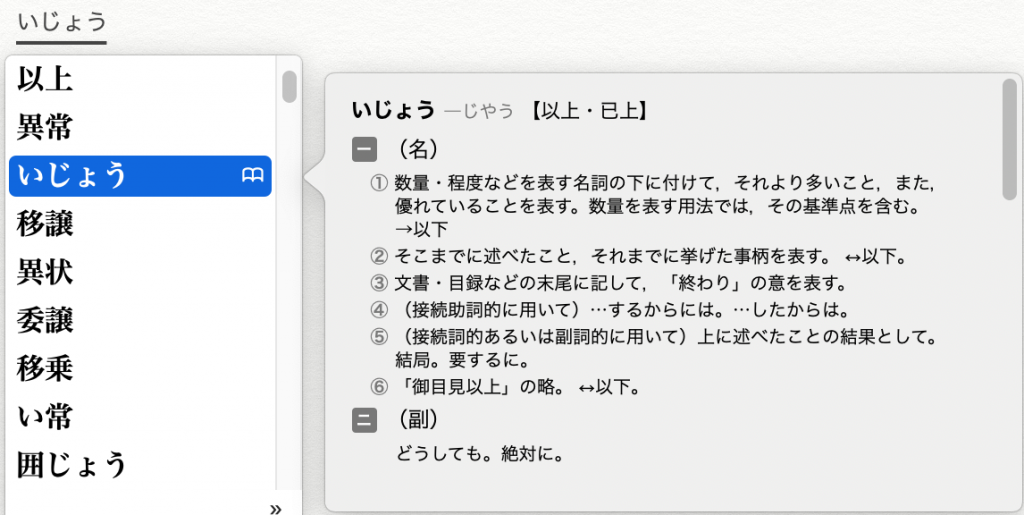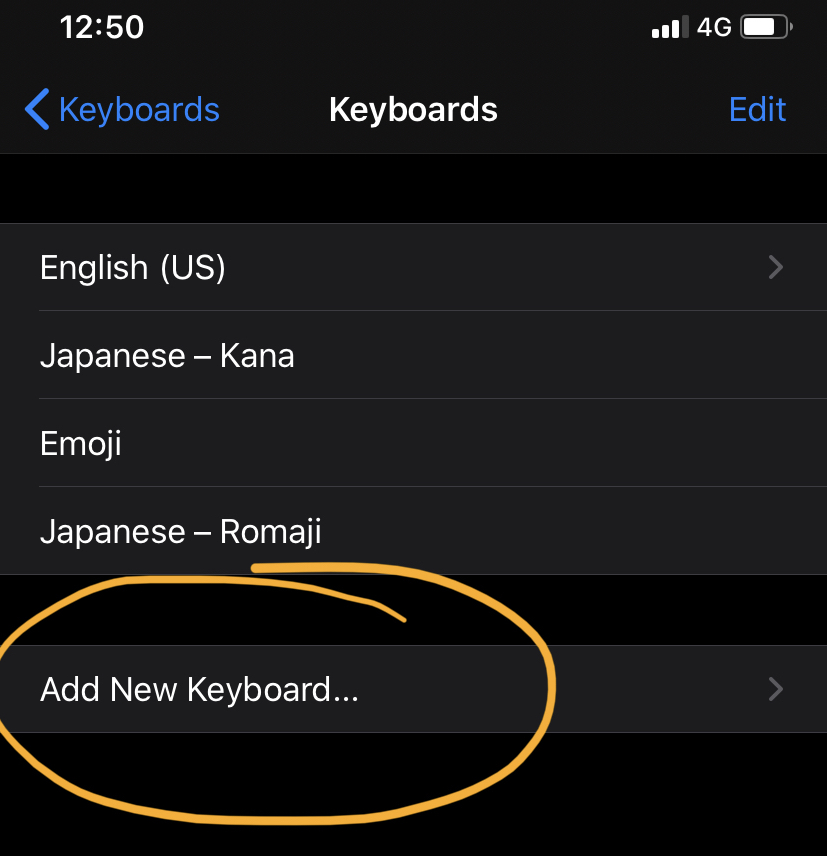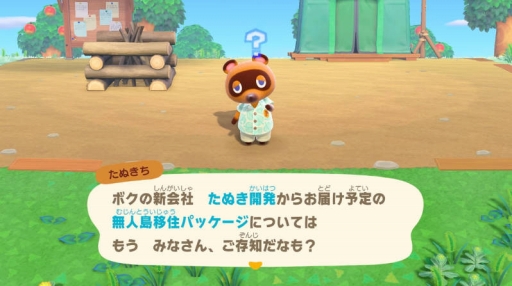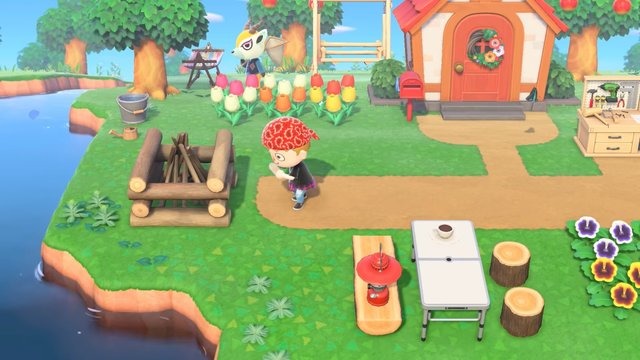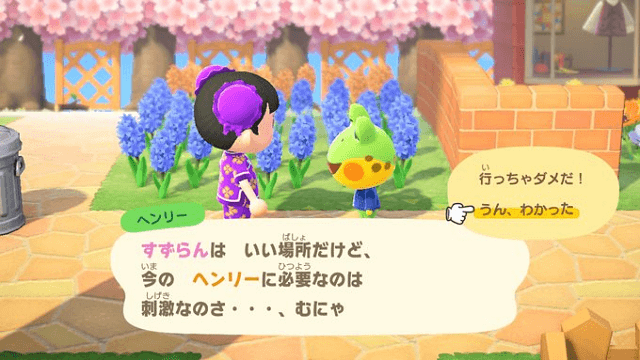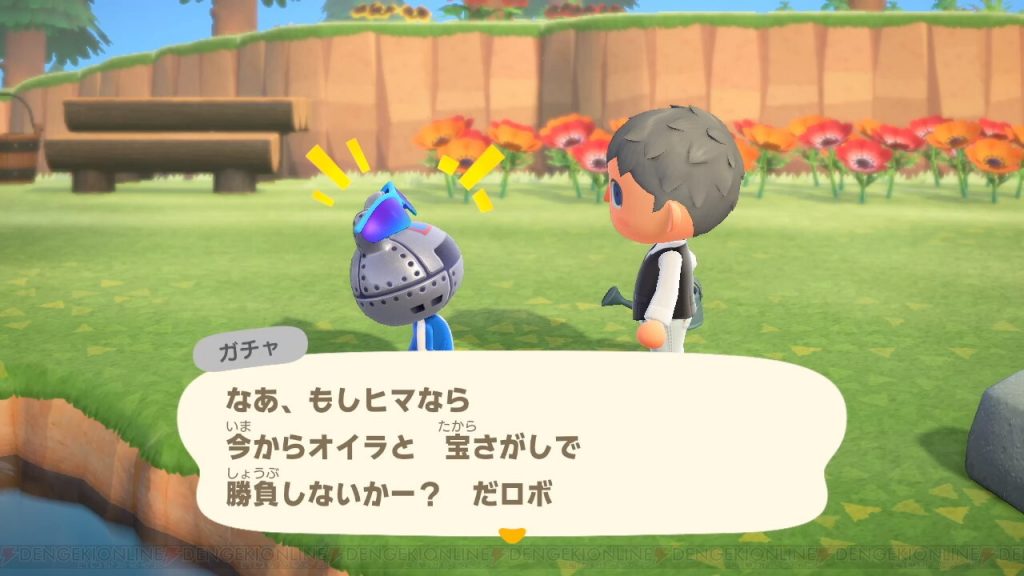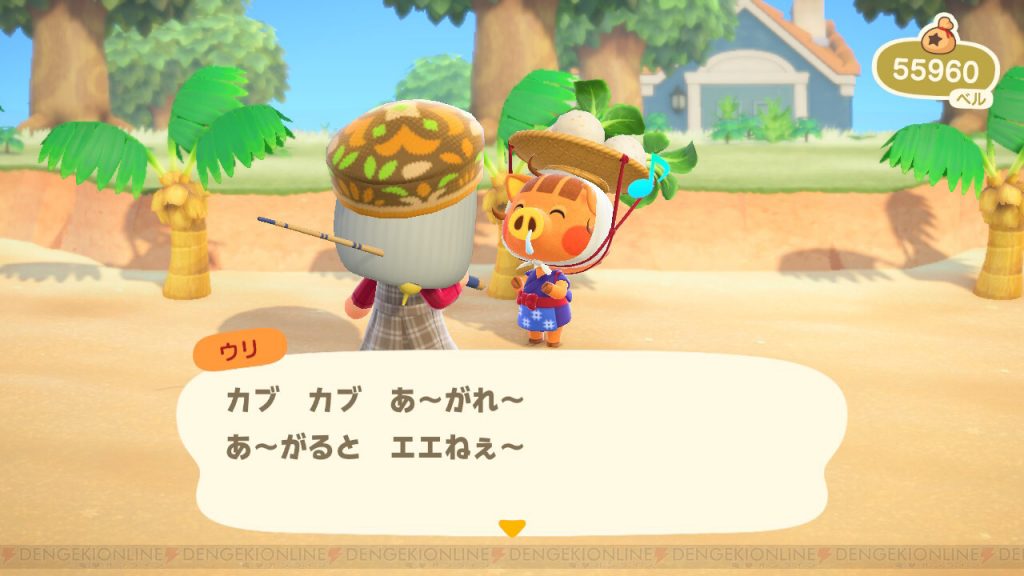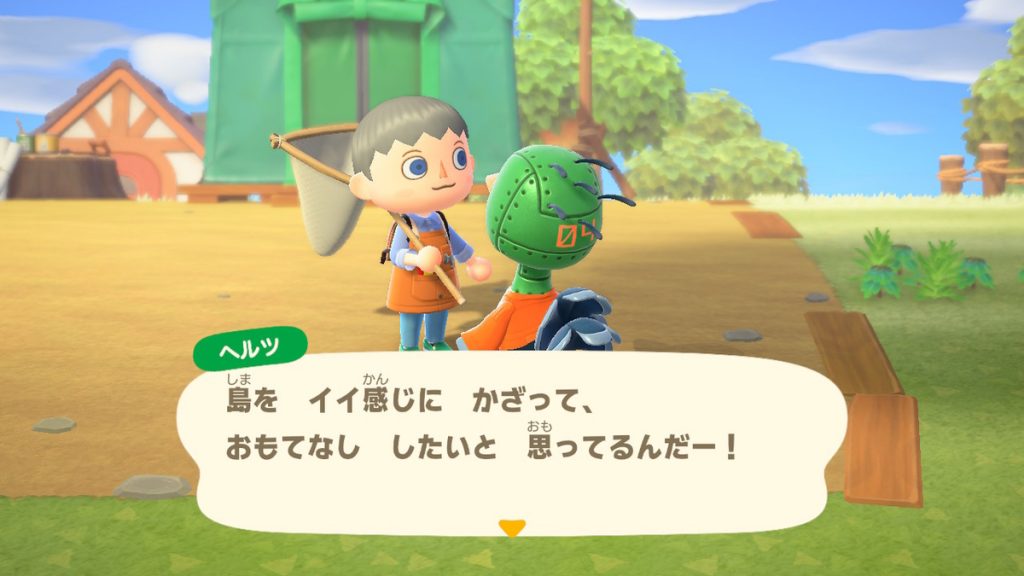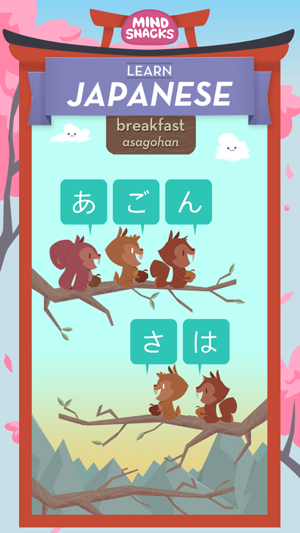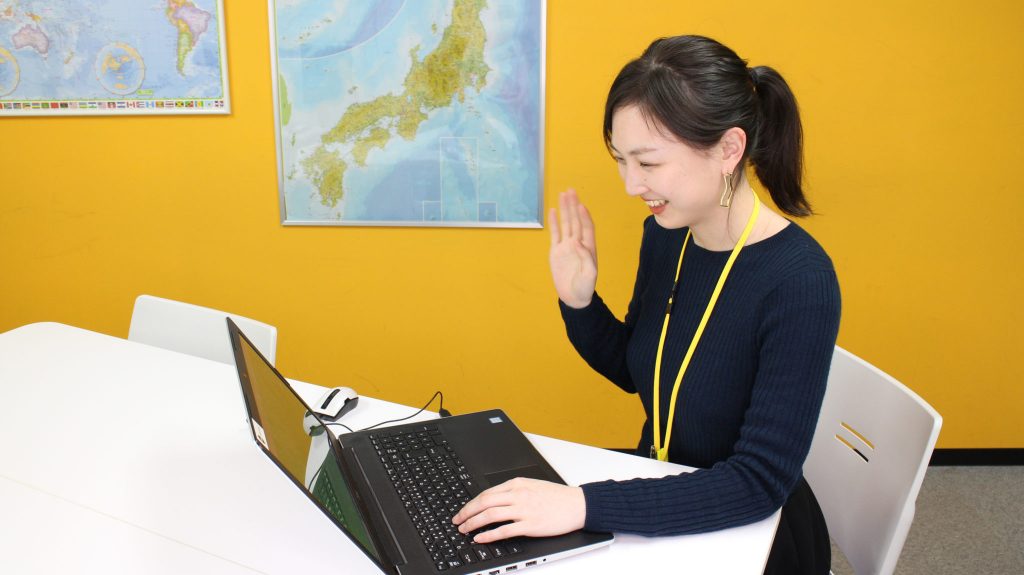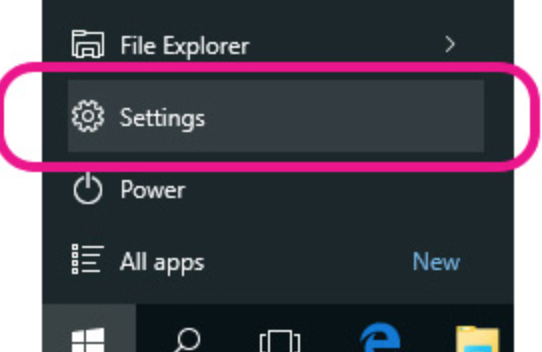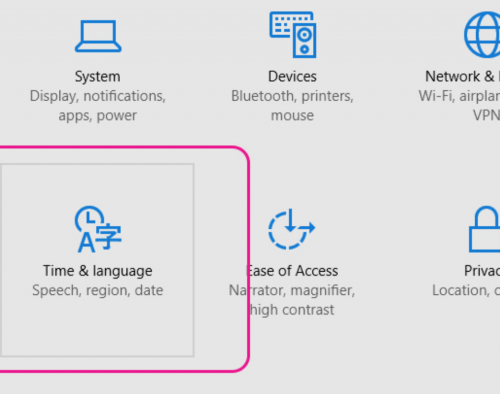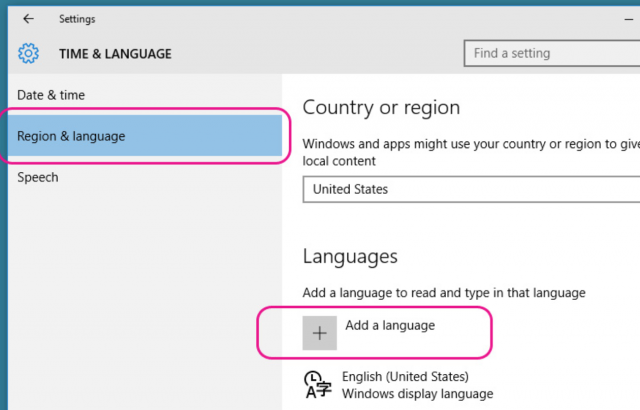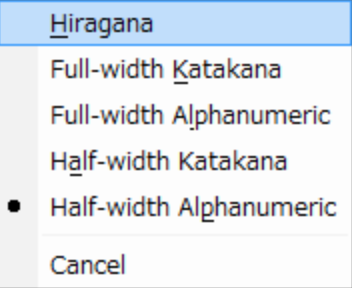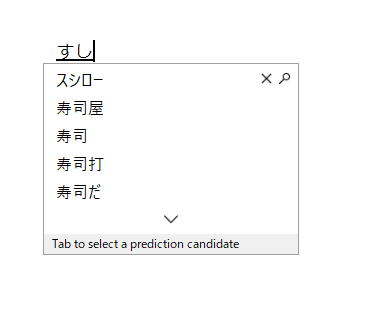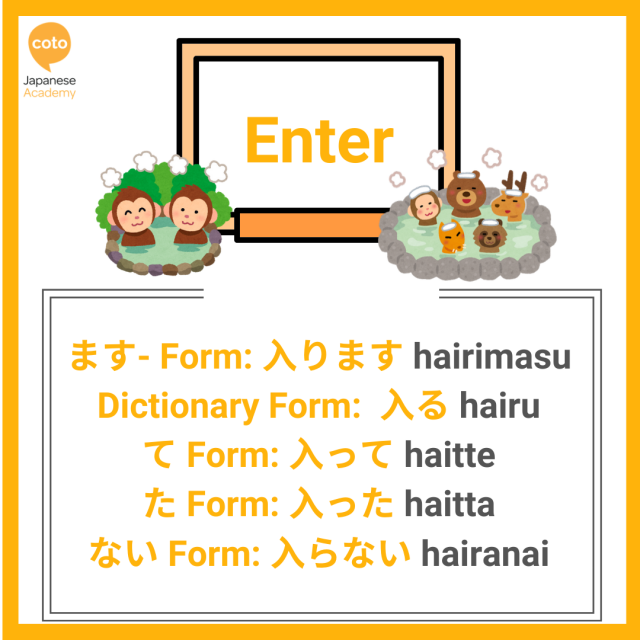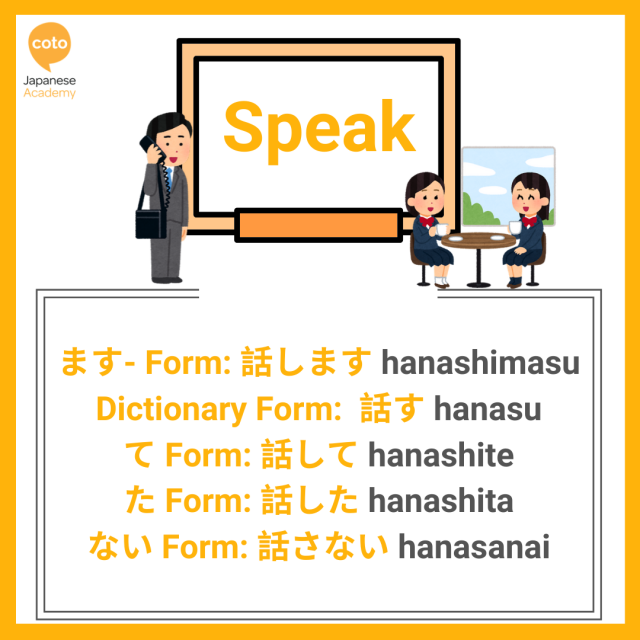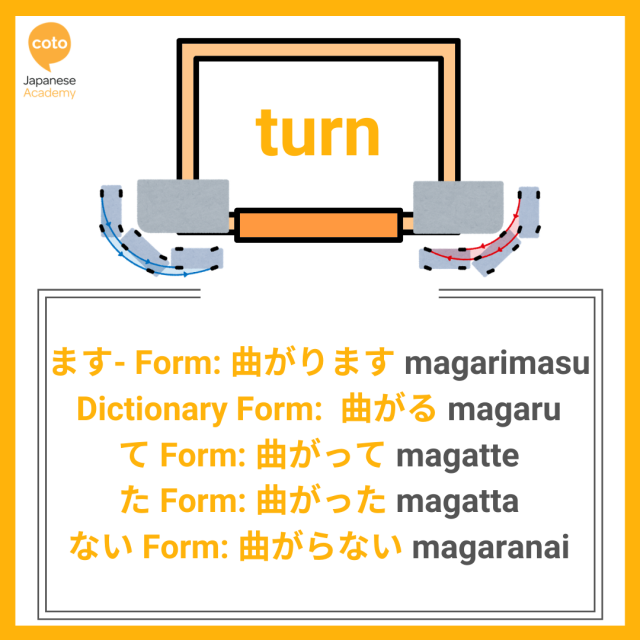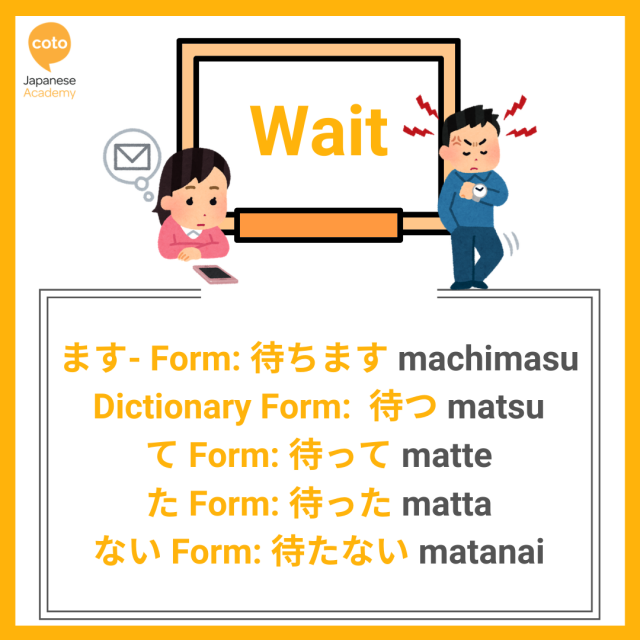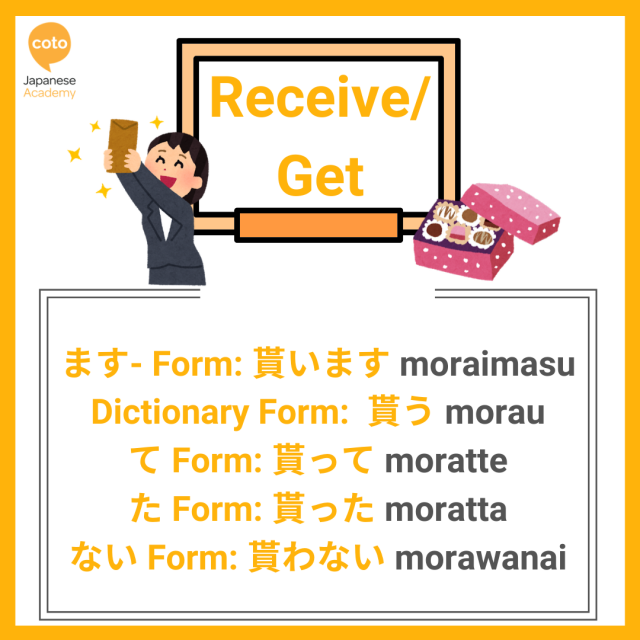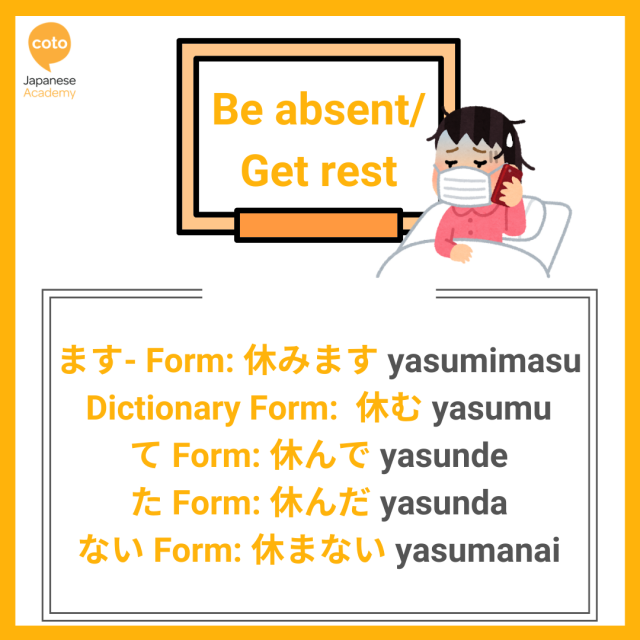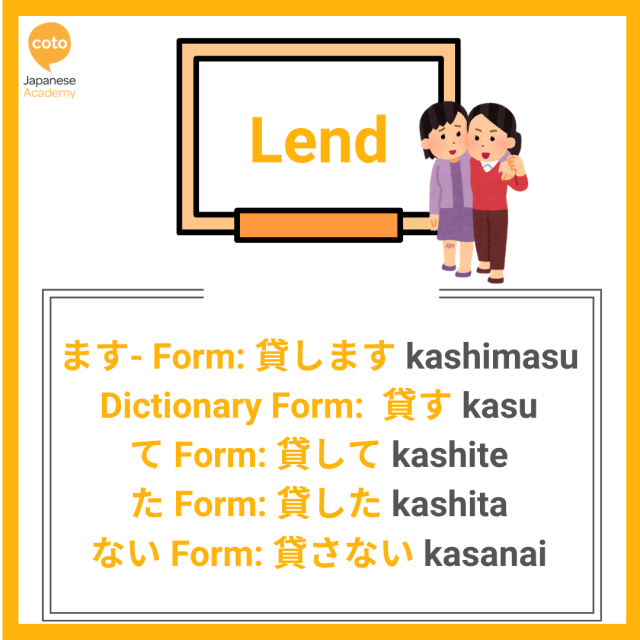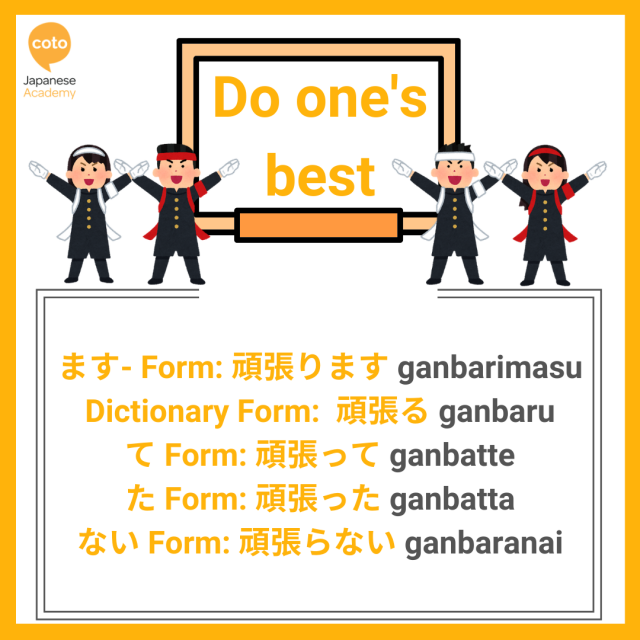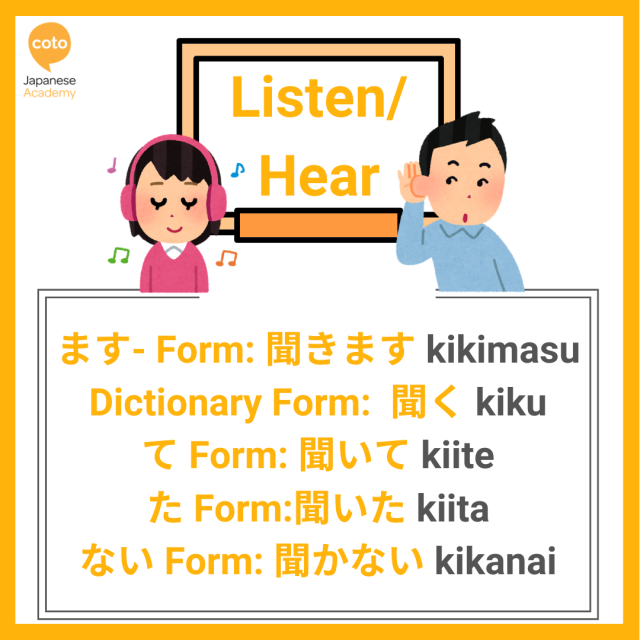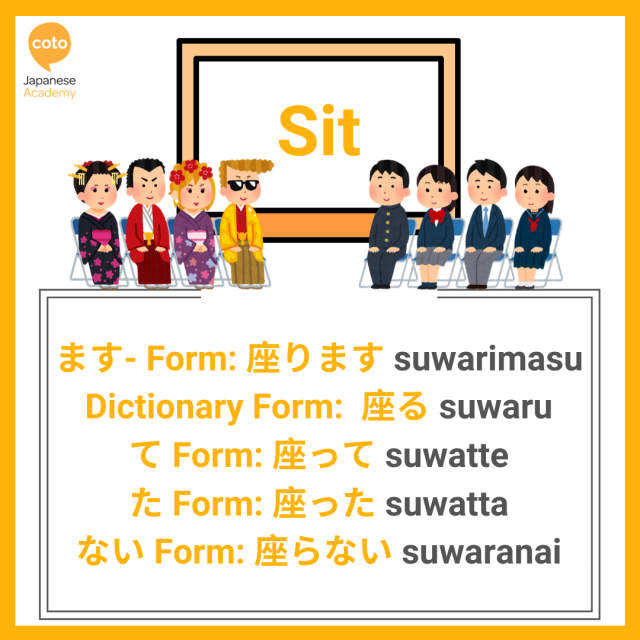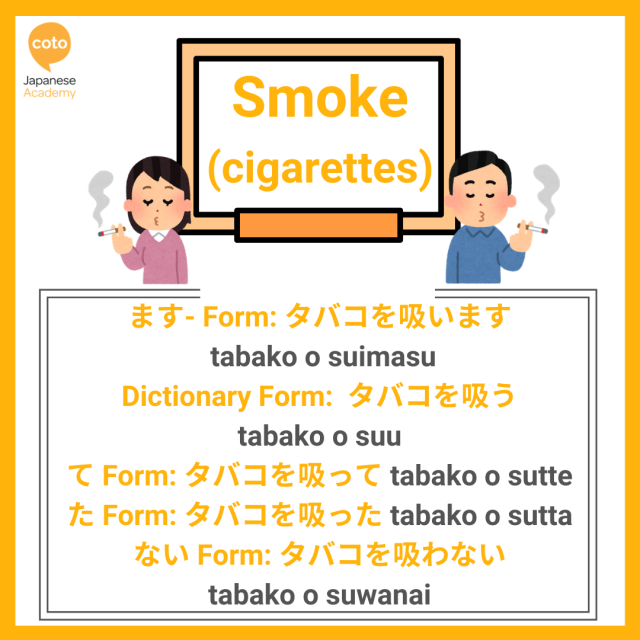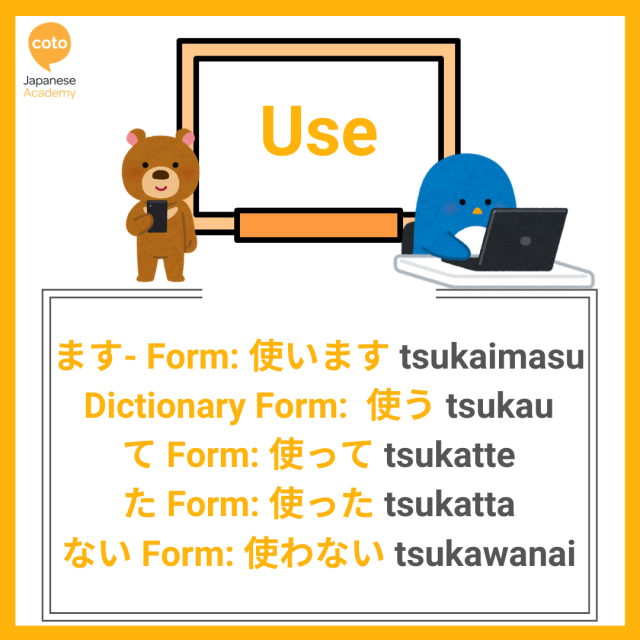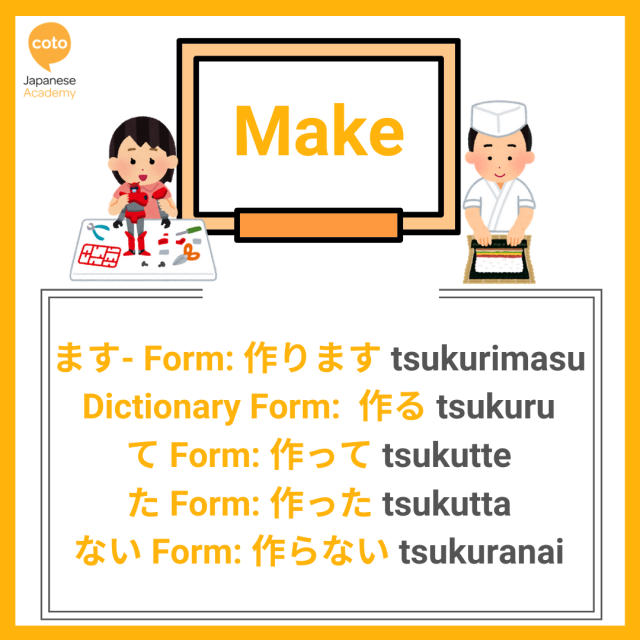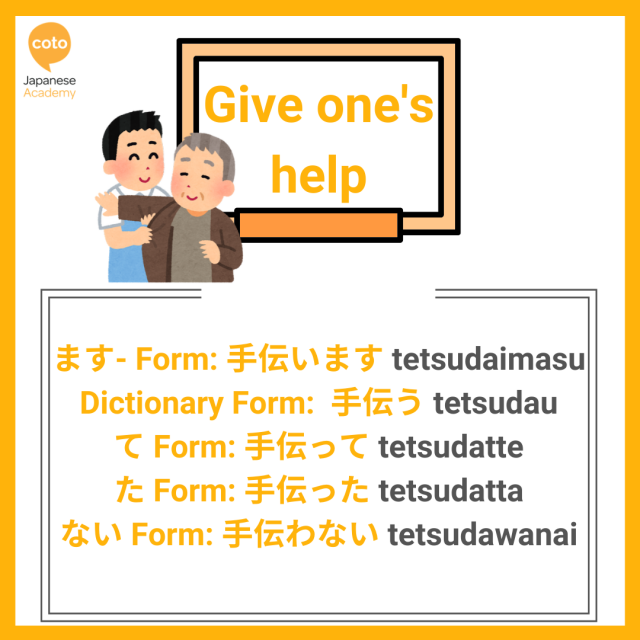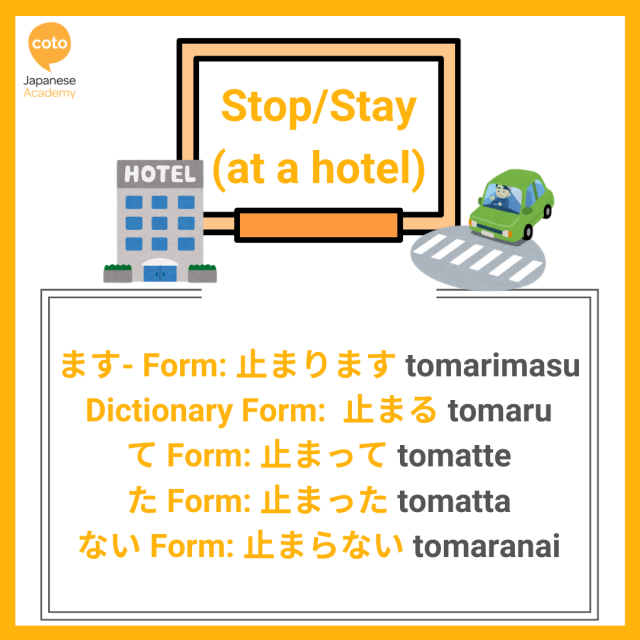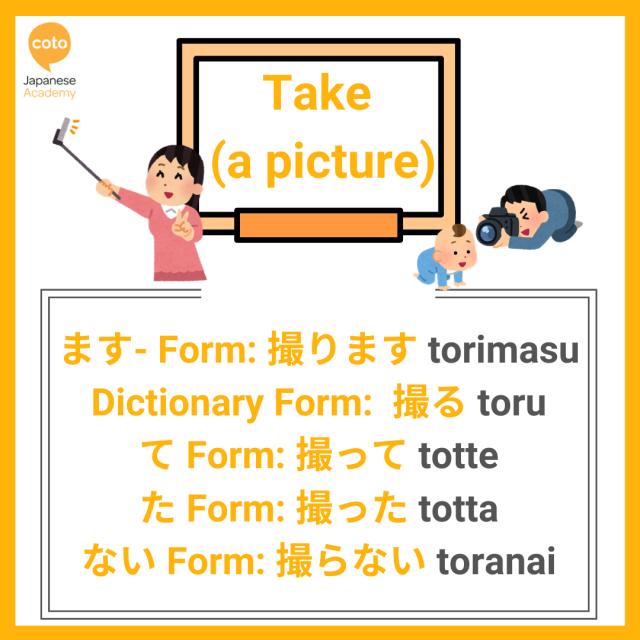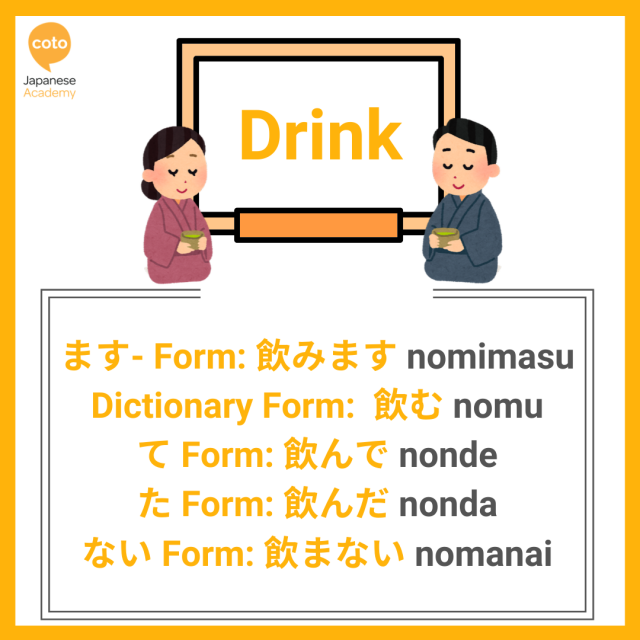Are you learning Japanese? Are you looking for ways to help you learn? In this blog we will share some of our tried and true strategies for helping you to learn Japanese.
Here are our 10 tips for learning Japanese:
- Create goals and stick to them
- Speak, Speak, Speak
- Learn to Conjugate Verbs
- Develop a study plan
- Challenge yourself
Create goals and stick to them
Learning Japanese is a long process – and it can often seem like you’re just “stuck” in your learning. What we recommend is to think about small goals that you would like to accomplish in your learning.
Having a measurable goal will help you to see progress and keep a positive outlook.
So what should a Japanese learning Goal look like?
The best way to explain it would be to give you some examples:
- Make a restaurant reservation over the phone in Japanese
- Take a taxi and give the driver directions in Japanese
- Express opinions in Japanese (I don’t like this – I do like that)
- Read a restaurant menu
- Finish coursework on a textbook
- Complete an Intensive Japanese learning course
A measurable goal is something that you can verify.
Examples of bad goals (non-measurable):
- Watch anime without subtitles
- Watch TV without subtitles
- Be fluent in Japanese
These are not really goals – they are more examples of objectives. An objective is a really large thing that you want to do – and goals are the steps that you need to take to get there.
So make sure to make your goal both achievable and fun!
Speak, Speak, Speak
The Japanese Language is beautiful – and to really enjoy and understand in grow in the language – you must experience speaking it.
If you live in Japan – this means doing things like:
- Visiting meet-up groups and language exchanges
- Attending Japanese language courses
- Joining social clubs (Soccer Team, Book Club)
- Making Japanese friends online and finding language exchange partners (Language exchange platforms)
For learners who live outside of Japan – it can be more of a challenge to find opportunities. Japan is unique among the world’s more popular languages. The majority of Japanese speakers actually live in Japan.
But with the internet – it has never been easier to find opportunities to practice speaking Japanese.
There are many websites that you can use to find language partners – as well as to take online Japanese lessons.
If you are interested in taking Japanese lessons online with Coto – we also offer private lessons check out https://online.cotoacademy.com
Learn to Conjugate Verbs
In Japanese – one of the biggest milestones is learning how to conjugate verb forms – conjugating verbs unlocks a large amount of grammar that you can use to fully express yourself in Japanese.
With Japanese – there are several rules that you will need to learn about the different verb groups and how they conjugate based on how they fall within the language.
If you would like to learn more about Japanese verbs – you can check out these articles
Develop a Study Plan
Another important aspect of learning Japanese is having a study plan that you can stick to. A study plan – just like a learning goal should we be well defined and easy to follow – Below is an example of what a study plan could look like:
Milestones:
- 1 month – learn hiragana and katakana
- 3 months – learn verb groups
- 6 months – finish Genki 1 textbook
- 1 Year – Pass JLPT N3
Daily Tasks:
- 3 Kanji per day
- 1 Hour of Listening Practice
- 10 Vocabulary words per day
With a clear plan – and daily tasks that you can accomplish – you will be able to obtain your long term goals.
Challenge Yourself
Challenge yourself with regular study exercises. Testing is an important part of learning – and a self-paced learning method can be really beneficial.
We recommend that you regularly have a way to test and challenge yourself.
Coto even creates its own challenges that you can participate in with a mobile device!
You can see our latest quizzes and challenges here:
Want to get our free Japanese learning challenges? Check out https://www.coto-language.com/coto-challenges

If you are interested in Studying Japanese with us – check out https://www.cotoacademy.com/course or https://www.cotoacademy.com/course/online


